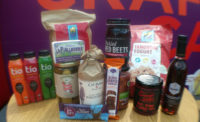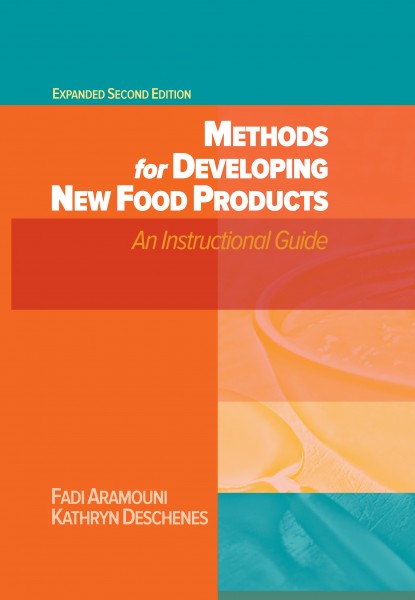Sriracha what? Quinoa who? While these products may not be dead and buried, consumers are certainly moving on, gravitating toward new foods and trends that suit their physical and lifestyle needs. Therefore, food and beverage manufacturers need to take notice of shifting consumer preferences, as well as who’s doing the buying.
Millennials have emerged as the latest group of consumers influencing the market. In 2015, foods boasting natural, organic and health claims have soared above other products and inspired a back-to-basics approach in product development. Likely to continue into 2016, this “clean eating” trend is an overarching theme in Innova Market Insights’ Top Ten Trends list for 2016.
According to Innova, new global products with an “organic” claim have risen from 6.3 percent of total food sales in the first half of 2013 to 9.5 percent in the first half of 2015. “Clean and clear labeling and ‘free from’ foods have gained traction and moved on to the next level during 2015,” says Lu Ann Williams, director of innovation at Innova Market Insights. “Other emerging trends for 2016 include the rise of the part-time vegetarian [‘flexitarian’] consumer, interest in a return to food processing the natural or old-fashioned way, the search for permissible indulgence and the reestablishment of links to ‘real’ food.”
The top trends for 2016 are:
1. Organic growth for clear label: Greater transparency and a focus on simpler products with fewer artificial additives have taken “clean label” to the next level. The biggest surge in NPD has been reported in organic products, indicating this will be a key platform going forward in the short term.
2. Free from for all: Many consumers don’t actually need products free from gluten, wheat and dairy, but are demanding them anyway, as they believe them to be healthier. The recent surge in mainstream gluten-free products has been incredible, and other “free from” platforms are also growing in popularity.
3. The “flexitarian” effect: The rise of part-time vegetarians, people who have reduced their meat consumption because of health, sustainability and animal welfare concerns, is having a major impact on new product activity. This includes the technological development and promotion of better-tasting non-meat products, as well as the use of alternative protein sources and more animal-friendly processes.
4. Processing the natural way: Centuries-old food processing practices are in the spotlight. They bring with them a natural, authentic image that counteracts some of the negative perceptions of heavily processed foods. In addition, Western consumers are increasingly aware of the health benefits of fermented foods, and newer technologies such as HPP are poised for success if they are positioned as fresh alternatives to preservatives.
5. Green light for vegetables: Consumers know they need to eat more greens, but shy away because of how these vegetables taste. Children can be encouraged to eat more through hiding the vegetables, and the rise of fusion smoothies and high-vegetable pastas indicates adults can also be encouraged to increase their intake.
6. Creating a “real” link: To connect with Millennials, food and beverage companies must focus on going beyond a certification logo on a label. Where the ingredients come from and how the product’s made matter to today’s consumers who put an emphasis on local, sustainably sourced and well-treated/paid workers.
7. Small players, big ideas: Major food companies are taking note of the hundreds of smaller players nabbing a portion of the market. These companies often focus on producing one thing, and they are doing it well. Because of this, Millennials hold these companies in high favor, according to Innova. Small companies also are less restricted in their development and can get products out faster.
9. Beyond the athlete: Sports nutrition manufacturers are expanding their target markets to consumers outside the bodybuilding and athletic community by emphasizing the benefits of sports nutrition components such as protein and energy ingredients. The diversification of the “healthy living” platform has led many of these companies to expand into new categories.
9. The indulgence alibi: Manufacturers of products such as desserts and chocolate cannot position their products as healthy, and they shouldn’t waste their time trying to since, according to Innova, this is often detrimental to a brand. Instead, these companies should create an “indulgence alibi” by highlighting the wholesome or natural quality of their products’ ingredients. This provides the opportunity to create smaller, but highly indulgent, desserts.
10. Tastes for new experiences: Today’s often well-traveled consumers are looking for food and beverage products that are as authentic as they are original, favoring those that come from all parts of the world. These consumers are open to new flavors which, researchers say, can include combining non-complementary flavors in a single bite.
More information can be found here.







